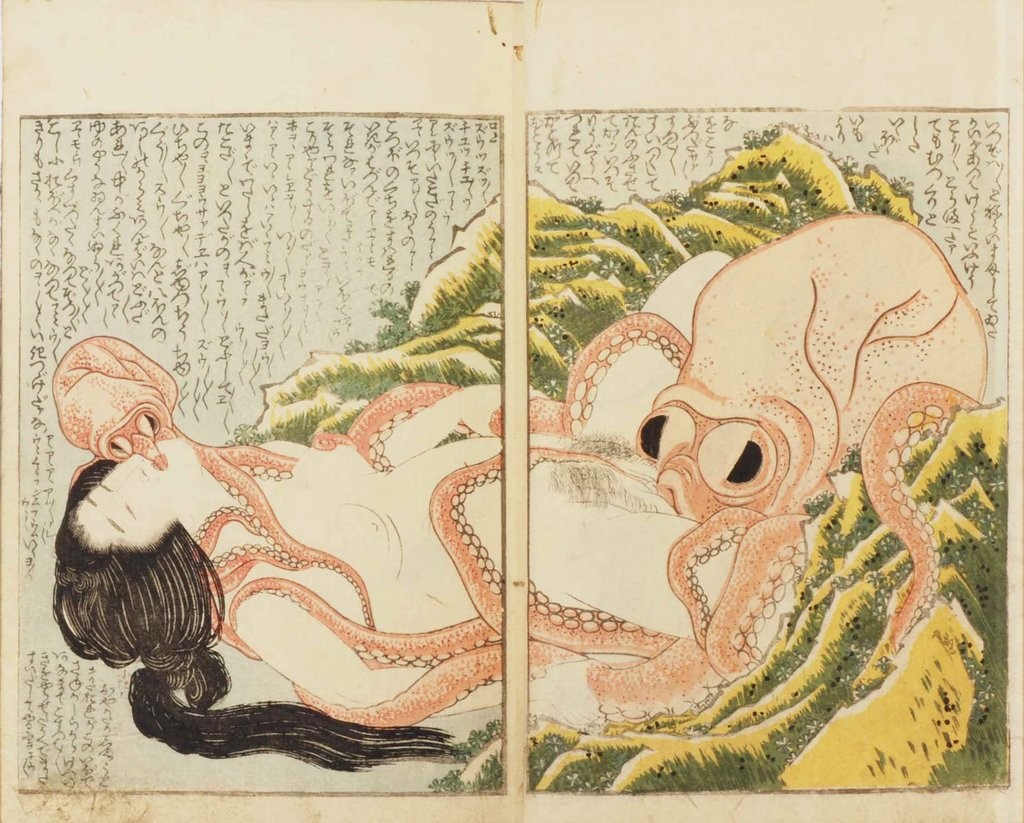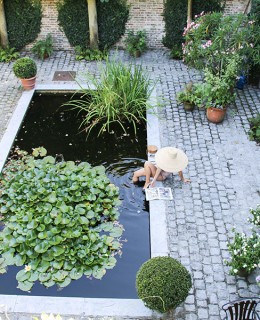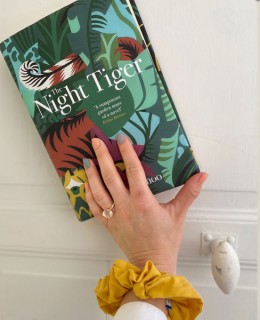For someone as passionate about comic strips as I am, it’s a shame I don’t know my way around manga (or Japanese comics).
There’s an entire world of big-eyed, huge-mouthed funny characters out there that I don’t know about, which is a bit frustrating. Not my fault though, it’s just such a complex universe, I wouldn’t know where to start! Fortunately, a dedicated manga café and library exists in Brussels, Kokoro Manga. Owner Barbara Bruni and her daughter Ronelle couldn’t be nicer, gave me a fluorescent cupcake from the land of the rising sun and guided me on my first steps through Japanese comics.
So without further ado, here’s manga from A to (Dragon Ball) Z:
1. First things first: manga is read back to front…
2. … and right to left! So push all of your instincts aside while reading. This may come as somewhat of a challenge in the beginning, like driving on the left, but focus and you’ll get there.
3. Barbara’s tip: many manga have been adapted into TV-cartoons, “anime”, so if you find them too difficult at first sight, start with the anime version to get to know the story, and then move on to manga.
4. Although there are different movements within the manga scene and it would be reductive to throw everything into one pot, there’s one common trait to it: compared to European comic strips, it is far more expressive and loud. In fact, the entire style evolves around onomatopoeia, exaggerating and emulating the sounds of crying, eating, breathing, etc. One doesn’t just eat a sandwich, one “”brabrabanjiomnjomnjom” his lunch.
5. Same goes for the super intense graphics: characters regularly burst out of their squares, have huge eyes and mouths, engage into super dynamic fights, etc. Again, there are different movements. Osamu Tezuka for instance, one of the pioneers who heavily marked his stamp on modern manga, was definitely influenced by Disney aesthetics, while others consciously rejected that style, preferring something more “homegrown”.
6. On average, a manga is more expensive than a regular European comic strip, which isn’t very surprising considering the formidable amount of work it takes to make one. Mangaka, authors and illustrators of the genre, are extremely passionate about their art and spend day and night laboring their pages. Unsurprisingly, the history of manga was tainted with burn-outs and suicides long before these work-related issues were known in the West. Many also still draw by hand, using Chinese ink, and have their creations digitalized afterwards. If you want to discover their way of working, says Ronelle, you’d best follow them on Twitter, as Mangaka tend to digitally flock together and show you some behind the scenes bits there rather than on Instagram.
7. Manga is both a product of super ancient Japanese heritage and modern American comic books. At the root of it is definitely the strong visual culture of Japan, where painted story scrolls called “emakimono” have been circulating since the 8th century. These wildly popular works brought a beautiful mix of calligraphy and illustrations, one of the most famous being the Chojugiga, a 12th-century masterpiece consisting solely of surprisingly modern-looking drawings of frolicking animals.

Up next is Japanese artist Hokusai, who grew famous in the 19th century with an amazing collection of woodcuts, paintings and illustrations. To label the little scribblings he made on the side, he came up with a new word, “manga”, which would stick and apply to the thousands of artists producing their own kind of “little scribblings” some centuries later…
In the early twentieth century, British traders introduced the tradition of monthly illustrated magazines to Japan, which lead to the launch of similar Japanese ones containing sketched stories spread over four squares, modelled after American comics. And there you have it: manga was born!
One mangaka in particular, Osamu “God of Manga” Tezuka, helped define the modern look and form of it with his infamous Astro Boy, Metropolis and Jungle Emperor series. Nowadays manga has infiltrated all aspects of Japanese culture.

8. Of course, proud Japan has no need to emulate American stories of war and superheros, and makes good use of its own heritage of warriors, monsters, mythical creatures and fantasy, as well as its fascination for modern technology involving robots and space travels. There are many different genres of manga, depending on their themes and targeted public, here are some of them in broad terms:
- Shonen are traditionally aimed at young boys and feature a lot of action, humor, adventure and fighting, Dragon Ball Z and One Piece being good examples of it. The heros are often young males, although recently there’s been a tendency to involve female characters too.
- Shojo is the girly counterpart of shonen. Sailor Moon? Definitely a shojo, mixing action with romance, kawai (the notorious Japanese concept of “cute”) and a heavy focus on relationships. Shojo were developed with young teenage girls in mind, so expect all the clichés and dramas of a 13-year old schoolgirl’s diary to come alive in these pages!
- Seinen manga are a bit more grown-up than the two previous ones and often have a more psychological and violent nature. They can also feel more pornographic, though it’s not the main focus here. Famous seinen series are Berserk and Akira. Mind you, it can also be funny and cartoonesque, such as Chi, relating the absurd adventures of a cute little kitten.

- Josei are also developed with a somewhat older audience in mind. If Seinen are a more mature type of shonen, josei are just that for shojo: romantic tales, but deprived of naivety and featuring adults. They are far more realistic than the cutesy teenage tales of shojo and don’t back away from dark subjects such as rape and promiscuity. Want to try your hand at it? Go for Happy Mania, Loveless or 07-Ghost.
- Kodomuke are simple, imaginative stories intended for children. They sometimes teach morals, sometimes don’t, and some are inspired by classical literature. Hello Kitty and A Little Princess are famous examples.
- And then there’s Hentai, illustrating Japan’s kinky penchants –which are an important part of its culture as well. A quick google of the 18th-century artwork Dream of the Fisherman’s Wife, involving a bored housewife and two very imaginative octopuses, will show you what I mean. Examples of hentai manga, always aimed at an adult public, are works such as Henshin and Power Play.

9. Time to dig in? Barbara and Ronelle put together a list of manga for beginners!





